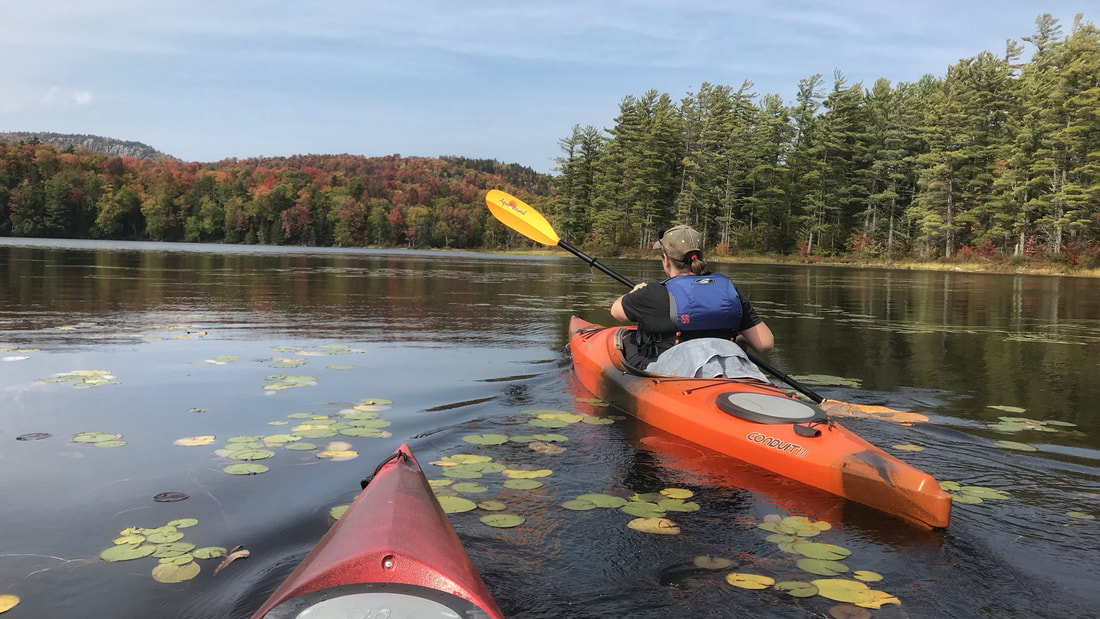|
Buying a canoe or kayak is a big decision and choosing the right one for you is not always straightforward. Whether you are completely new to paddling or a lifelong paddler it can be all too easy to make the wrong choice and then be stuck with a boat that isn’t ideal for you.
Because it’s a significant purchase many people do their research, exploring models that they think will suit their needs and often draw some early conclusions about what they think will be a good fit. There’s lots of compelling information on the internet (web sites, YouTube etc.) that can all be very useful in helping to lead you to the right boat. However, what we often encounter is a gap between what this research may suggest and what is, in fact, the best boat for someone. We have already covered some of the specific things to consider when selecting a boat in another post (SIX KEY QUESTIONS TO HELP YOU SELECT THE RIGHT SOLO CANOE OR A KAYAK). What we will focus on here are some of the finer points that only test paddling a boat will bring to light. If you’re thinking about trying paddling for the first time there is no better place to do it than Saranac Lake and the surrounding area. We have some of the best paddling in the Adirondacks and much of it is on beginner friendly lakes, ponds, creeks and rivers. It’s one of the best ways to experience the natural beauty of the Adirondacks and unlocks access to areas that cannot be reached by foot or on a bike.
The stakes are a little higher when traveling on water but with a little preparation and guidance it’s surprisingly easy to get started. Many of our customers are new to paddling and we have lots of experience introducing people to the sport and getting you comfortable on the water. Author- Danny Mongno of NRS
A note from the author: "So many “educational” reads end up really being an opinion piece. So, I wanted to be up front, yes… this is another opinion piece. Many paddlers have a system that works for them and they are entitled to their opinion as well. There is no FACT that one method works better than another. This piece will draw from my lengthy, 30 year experience in the paddle sports industry and as a paddler. So, I feel there is some good stuff in here to make you a more informed paddler, on this topic." Cold water paddling, Safety first. What to know before we go So, to start this piece, we must first identify the primary purpose. Staying alive when you are exposed to cold water. Certainly, discussions roll on about performance wear and sun wear and they are also important. But at the end of the day hypothermia can set in within 5 minutes in the water temps we see in the Northeast in Spring, Fall and Winter. Along with the medical challenges of hypothermia alone, its biggest threat is that it greatly increases your chance of drowning. We realize who the audience of this piece will be, good natured, outdoors people who want to enjoy the quiet of nature in the offseason or perhaps to stretch their training season. So yes, there are points on how different clothing options perform. But as a community, we must address the very serious risks that we face paddling in cold temps. So, before we get too deep into apparel options, let’s look at some easy things we can add to our cold weather paddling routine to decrease the likely hood of getting in danger. In this post we explore the common themes that arise when we are helping customers select the right boat for them. To newer paddlers it often seems like canoes and kayaks perform a similar purpose and that either one could be suitable for a paddling trip. In some ways this is true but there are many important differences and it’s likely you will have a preference for one or the other, depending on what you are planning. Let’s explore this and other considerations a bit further to help you get to the right decision. There’s a vast selection of solo canoes and kayaks available but for this article we are focused on flatwater paddling craft (rather than whitewater, fishing etc.).
|
Archives
March 2024
Categories |
|




 RSS Feed
RSS Feed



